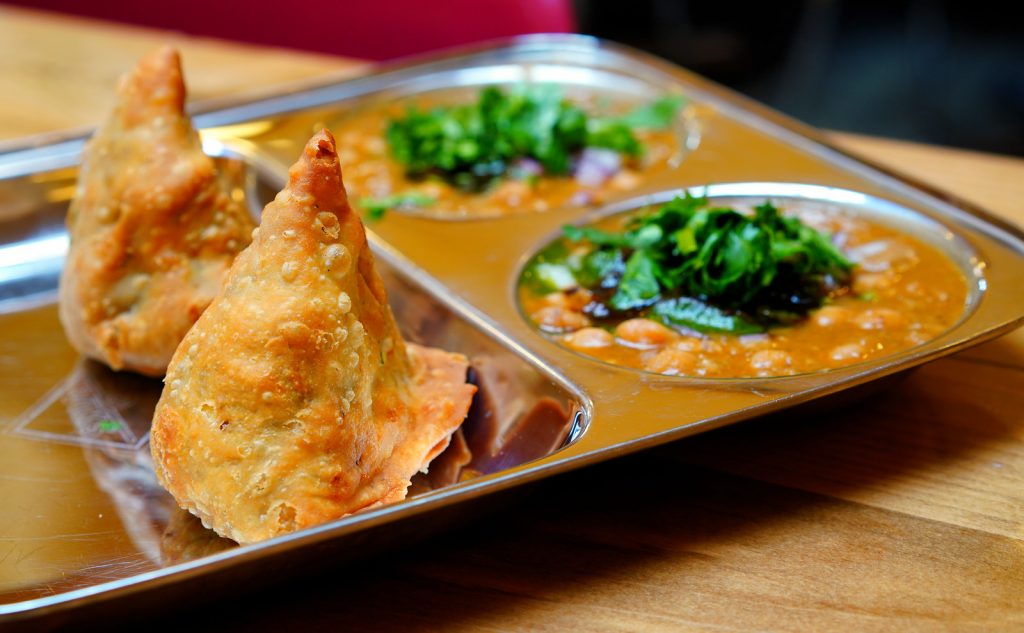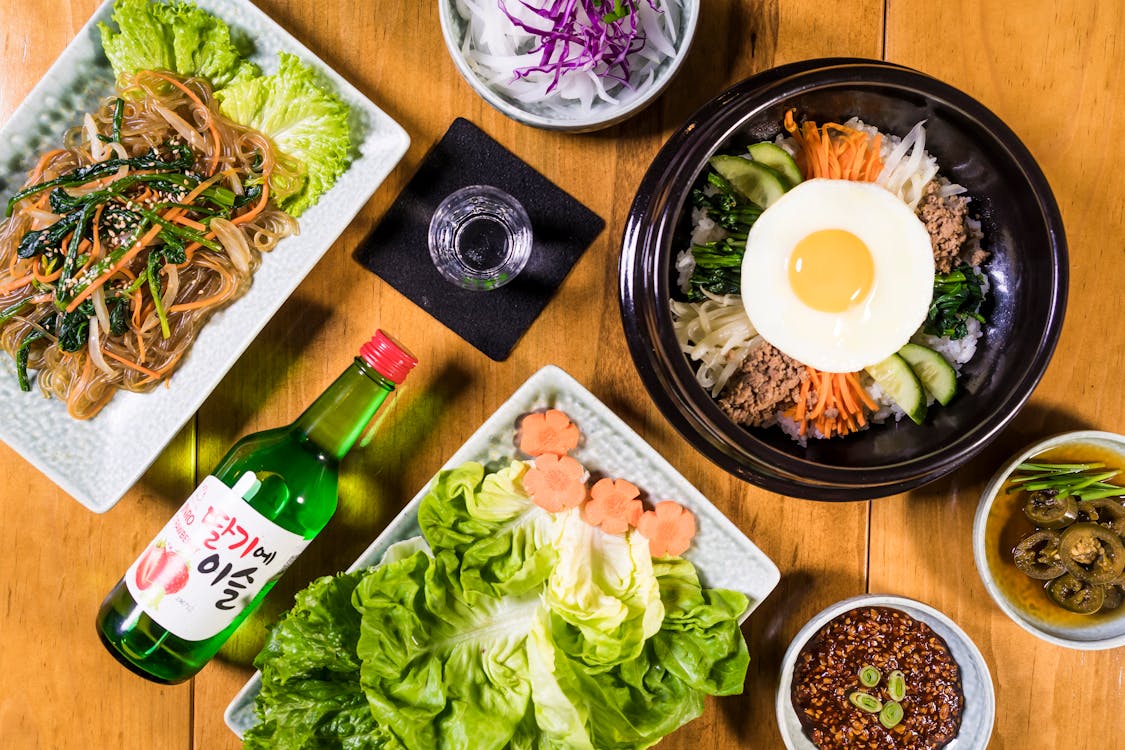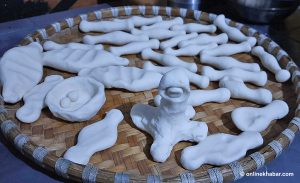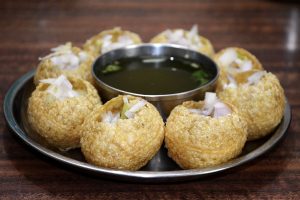No doubt, samosas are one of the much-enjoyed snacks in Nepal. Samosas with the sweet tangy dip are an all-time favourite of many Nepalis and samosas with aalu matar curry are a go-to tiffin for college and school students and office goers as well.
From roadside vendors to branded sweet shops and restaurants, this savoury goodness is ubiquitous and relished by all. But, where does this deep-fried crispy pastry tightly packed with savoury mashed potato and peas come to Nepal from?
We have some answers here.
The origin of samosas
Well, samosas are quintessentially regarded as an Indian delicacy and are generally believed that samosas came to Nepal via India.
Yet, this well-known Indian food is not actually from India. It originated in Central Asia centuries ago. As mentioned in an article published in the Times of India, samosas originated in the 10th century in the Middle East region.
The samosa was first mentioned in Tarikh-e Beyhaghi, a work of Iranian historian Abolfazl Beyhaqi. It was termed as ‘Sambosa’, which was much smaller in size than today’s samosa.
Samosa is referred to as sanbusak, sanbusag, sanbusaj, samsa as stated in many historical accounts. However, what is common in all these words is that all of them are derived from the Persian word, sanbosag.
Talking about its travel to South Asia, it was introduced during the Delhi Sultanate rule by the Middle Eastern chefs. Some others also believed that it was brought by traders. During that time, samosa was stuffed with meat, and onion, as a famous poet and scholar of that time, Amir Khusro explains.

Ibn Battuta, a 14th-century Moroccan traveller, has talked about sambusak being served as a part of the royal meal at the court of erratic Muhammad bin Tughluq. As described by Battuta, sambusaks were filled with minced meat, pistachios, almonds, walnuts and spices and were served before the third course of pulao.
But, how did sambusak become samosa?
Well, the credit goes to the Portuguese who brought a kind of tuber, which they called batata in India. Gradually, potatoes (batata) became the core of most Indian food items. In the process, a meat-filled sambusak got transformed into a mashed potato-filled samosa.
Migration into Nepal
The migration of samosa to Nepal is still unclear. It can be believed that it came to Nepal just as it travelled to other parts of the world and was transformed as per regional flavours suiting their palate.
Supposedly, it was introduced by Indian traders. But, it is not clear who made the first samosas in Nepal.
Marketing in Nepal
But, there is no doubt about who made samosa popular in Nepal. One of the most famous samosa joints, TipTop, is often credited for its whooping popularity of samosas among Nepalis. First started as a small samosa stall in a narrow alley opposite Bishal Bazaar, TipTop, now, has many outlets and has become one of the famous eateries.
It got its name from the TipTop Tailors in the very dark alley and the samosa shop also used to serve samosas to tailors, shopkeepers and the workers in the New Road are in the beginning.
Now, samosa has become a perfect snack for most Nepalis that they enjoy with tea or curry as a breakfast or snack or even day-time tiffin with varieties of sweet, tangy or savoury dips and chutneys. Not only the dips or chutneys, the fillings and the thickness of the pastries also vary from one stall to another and one eatery to another.
Since you have read about samosas today, why don’t you go get one for yourself now?

























